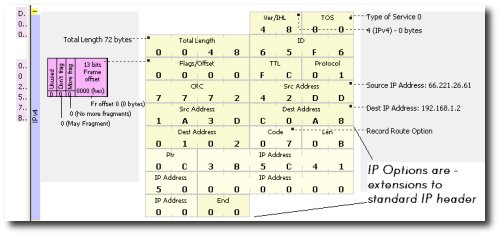We just released Unbrowse SNMP 1.5 today !Â
 R1.5 features support for managing SNMPv3 users and views in a very easy to use manner. You do not have to worry about underlying MIB tables and such. Everything is visual, including management of MIB views.
R1.5 features support for managing SNMPv3 users and views in a very easy to use manner. You do not have to worry about underlying MIB tables and such. Everything is visual, including management of MIB views.
A few people have expressed a desire to use Unbrowse to work with USM and VACM in Net-SNMP based agents. We already talked in detail about an issue with Net-SNMP (Release 5.4) and VACM in this post.
We submitted two patches to the Net-SNMP open source project. It may take a while for them to get accepted. In the meantime, please apply these patches yourself.
- Patch to vacm.c (2/21/07 – unleashnetworks)
- Patch to vacm_vars.c in agent/mibgroup/mibII (2/21/07 – unleashnetworks)
- Link to net-snmp patch database
Please leave a comment here (or email us  ) if you want help with applying these patches.
) if you want help with applying these patches.
[tags] snmpv3, USM, VACM, security, Net-SNMP [/tags]

